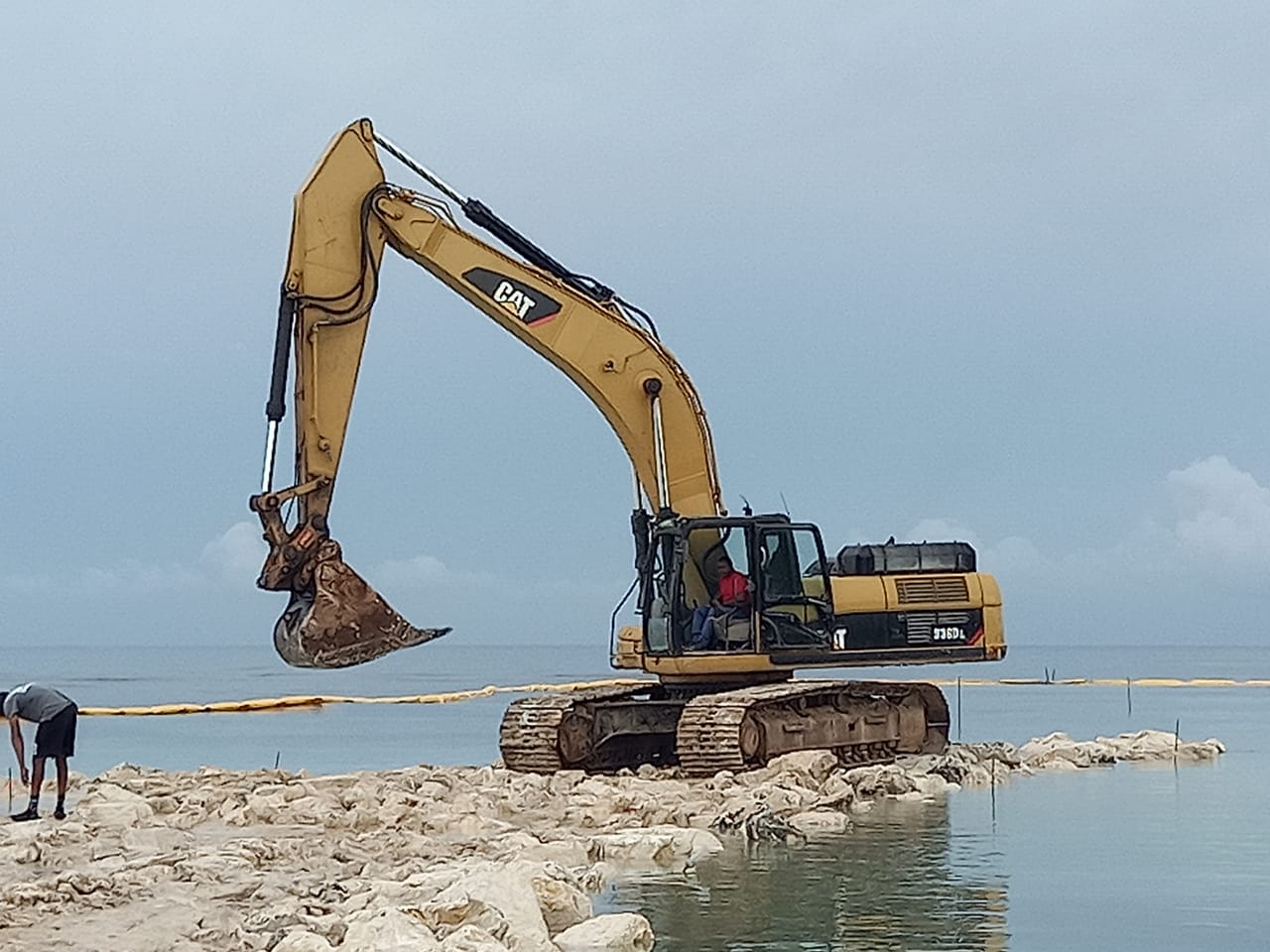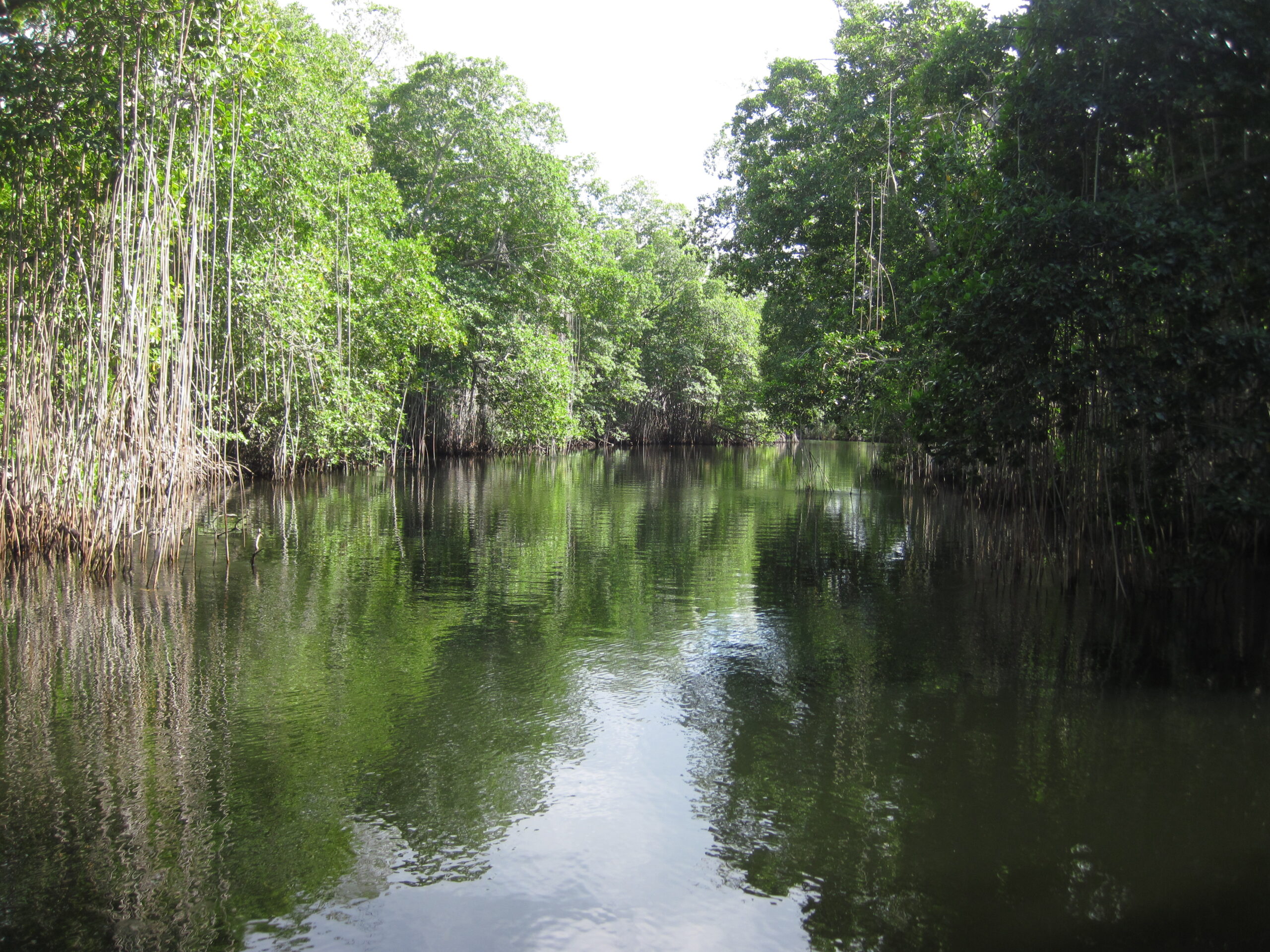Students of geology know that islands can be created by many different processes. Some are volcanic, rising from the seafloor and disappearing again in geologic time. Others are formed by the tectonic processes that shaped the continents and some are built-up by tiny corals over thousands of years. And then there are man-made islands constructed of everything from dried reeds and plastic bottles to steel and glass. There’s even a series of islands shaped like the fronds of a palm tree. Nearly 20 years ago, when the Holiday Inn SunSpree in Montego Bay was exploring options to enlarge its sandy beach, Smith Warner International designed and built the resort an island of its own.
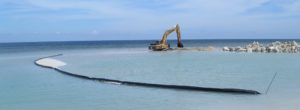 The design and creation of the 60 x 15 meter island serves two purposes. First, it allows the resort to offer guests an additional beach with lounge chairs and a swimming area. At the same time, the island, much like a breakwater, serves as a barrier to protect the resort’s central beach from erosion and storm surge.
The design and creation of the 60 x 15 meter island serves two purposes. First, it allows the resort to offer guests an additional beach with lounge chairs and a swimming area. At the same time, the island, much like a breakwater, serves as a barrier to protect the resort’s central beach from erosion and storm surge.
Smith Warner co-founder Philip Warner, who worked on the project, explains, “We initially suggested a simple breakwater to stabilise their beach, but the client wanted something more. So we developed a mini-destination that guests could explore by wading across a shallow sandy area. It’s additional beach area, it’s big enough for palm trees to grow and it provides protection to the main beach. It was a first of its kind, and 15 years later, we can see it has withstood the test of time.”
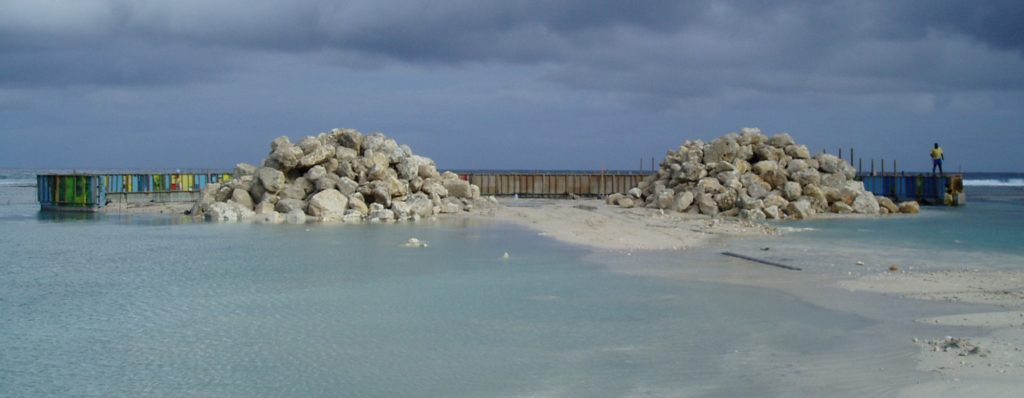
The island’s crescent shape helps keep sand in place as does an internal concrete wall. But rather than act as a sea wall that would reflect waves, the internal wall sits inside the armour stone layer protecting the sand from the currents and waves. The structural components are designed for a 1-in-50 year storm event with a design wave height of 1.5 meters and storm surge of 2.3 meters. This required armour stones of 1400 to 2400 kg that meet technical specifications for hardness, resistance to abrasion, and absorption of water.
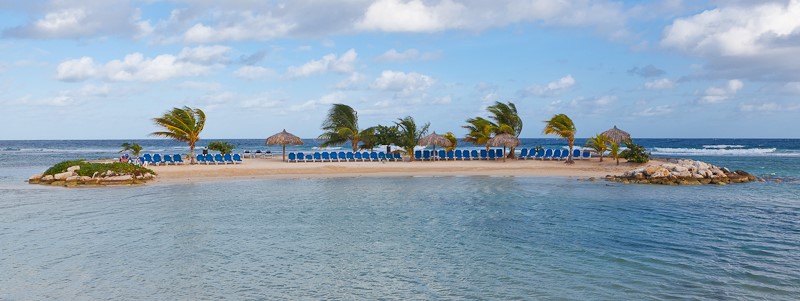
“Using the right type of stone, and placing it correctly so that the individual rocks are interlocked and stable requires respect for the sea and dedication to the science,” Phil explains. “ If this is done right, it will reduce the wave energy and prevent wave reflection and scour that otherwise would undermine the wall and lead to structural failure.”
